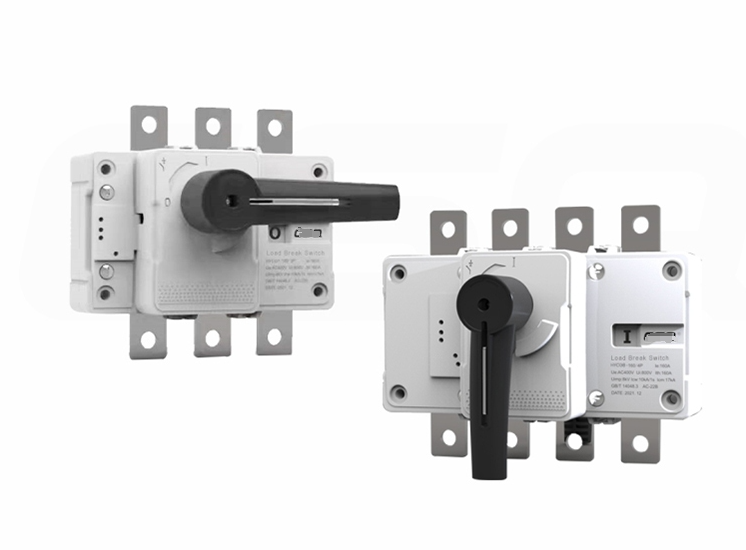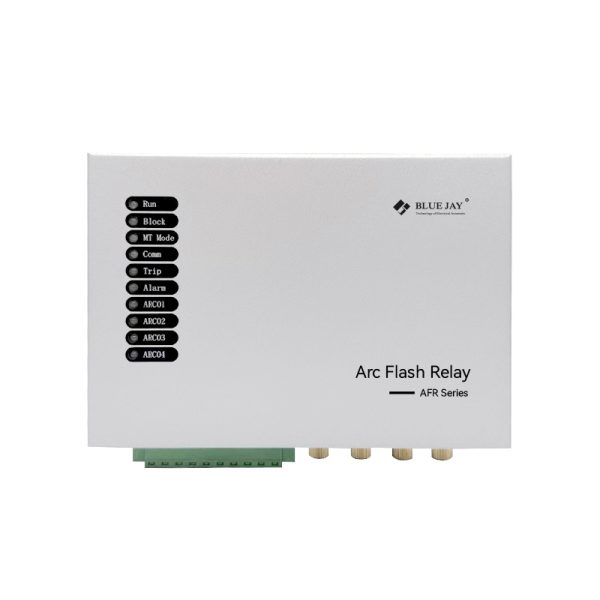The common enclosure thermostat working principle mainly depends on temperature. Some Enclosure thermostats work based on temperature and humidity. For example, Blue Jay Enclosure thermostats keep the temperature in the electrical enclosure, based on temperature and humidity. To know more about the Blue Jay thermostat working principle, please contact them here.
Enclosure thermostats are devices used to maintain a constant temperature inside enclosures and are widely used in industrial control, electrical cabinets, communication equipment, and other fields. The enclosure thermostat working principle are introduced in general, cooling application, and heating application.

Enclosure thermostat working principle overview
In general, enclosure thermostat working principle includes four aspects: temperature detection, signal comparison, control output, and feedback control.
Temperature Detection

The enclosure thermostat is equipped with high-precision temperature sensors, such as thermocouples or thermistors. These sensors continuously monitor the temperature inside the enclosure and convert the detected temperature signals into electrical signals. The generation of electrical signals is for subsequent processing, ensuring a timely response to temperature changes.
Signal Comparison

The enclosure thermostat compares the actual temperature detected by the sensor with the preset target temperature. If the detected temperature deviates from the preset range, the thermostat will issue corresponding control signals to start or stop cooling or heating devices.
Control Output

High Temperature: When the enclosure temperature exceeds the preset value, the thermostat will activate cooling devices, such as fans or cooling units, to lower the temperature. These cooling devices expel excess heat from the enclosure, reducing the internal temperature.
Low Temperature: When the enclosure temperature drops below the preset value, the thermostat will activate heating devices, such as electric heaters, to raise the temperature. These heating devices release heat to increase the internal temperature to the desired range.
Feedback Control
To achieve precise temperature control, the cabinet enclosure thermostat continuously monitors the actual temperature and adjusts the control output based on real-time data. This feedback mechanism ensures that the temperature remains within the preset range and prevents excessive temperature fluctuations. Many industrial thermostats use PID control algorithms to provide more accurate and stable temperature control through proportional, integral, and derivative adjustments.
Enclosure thermostat working principle for Cooling Application
In cooling applications, the electrical enclosure thermostat is typically wired as normally open:

High Temperature Activation: When the enclosure temperature rises above the preset value, the thermostat’s contact closes, activating the fan or other cooling devices. These devices start operating to expel heat and lower the temperature.
Temperature Reduction: Once the temperature drops below the set point, the contact will open, and the cooling devices will stop working to avoid excessive cooling.
Enclosure thermostat working principle for Heating Application
In heating applications, the electrical panel thermostat is usually wired as normally closed:

Low Temperature Activation: When the enclosure temperature falls below the preset value, the thermostat’s contact opens, activating the enclosure heater. The enclosure heater starts working to release heat and raise the temperature inside the enclosure.
Temperature Increase: When the temperature reaches the set point, the contact will close, and the heater will stop working to prevent overheating.
Conclusion
Through the above principles and applications, enclosure thermostats effectively control the internal temperature of enclosures, ensuring that equipment operates in an optimal temperature environment. Whether for cooling or heating applications, thermostats automatically adjust temperatures according to actual needs, providing a stable working environment. This not only extends the equipment’s lifespan but also enhances its operational efficiency and reliability.






